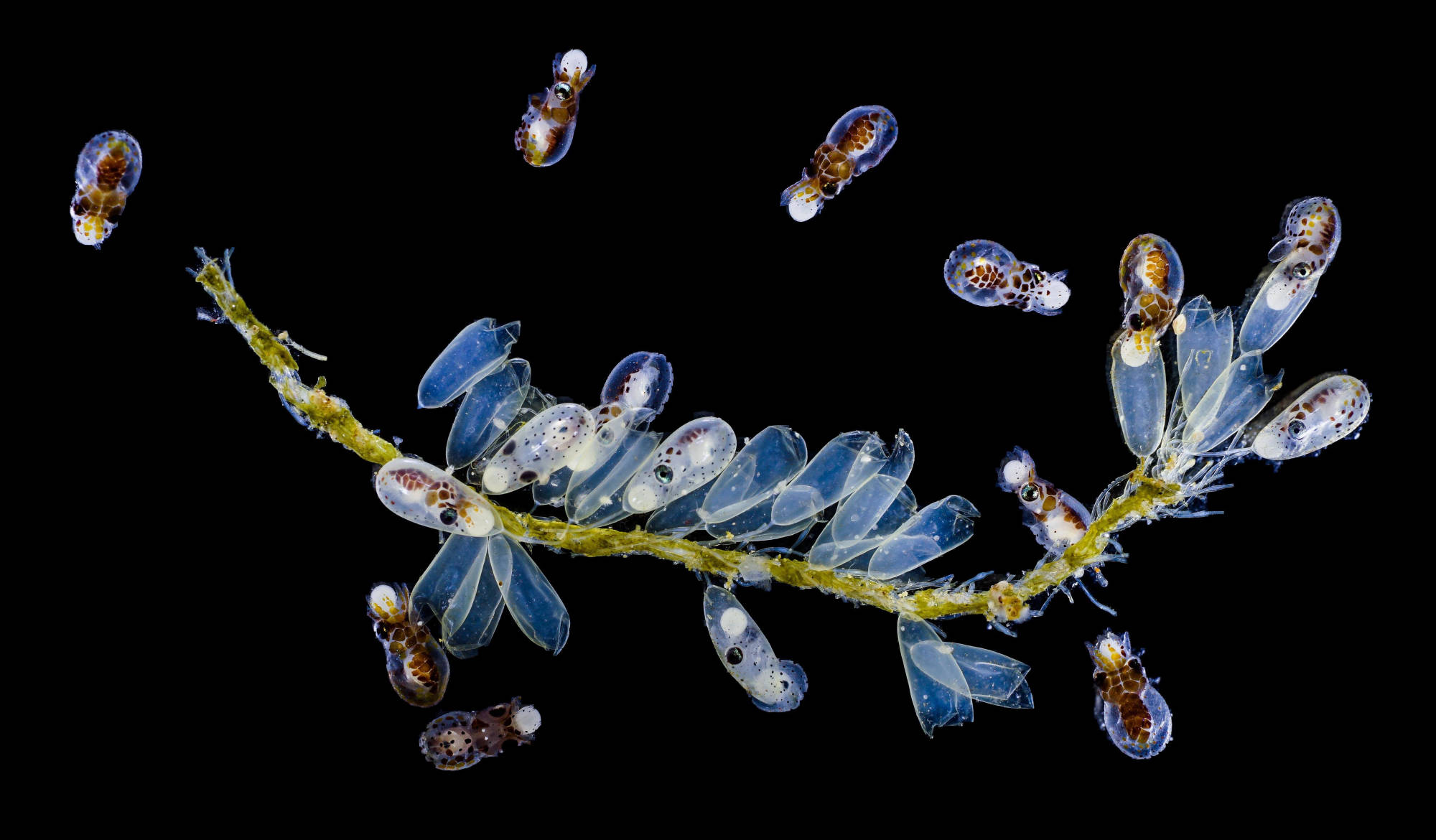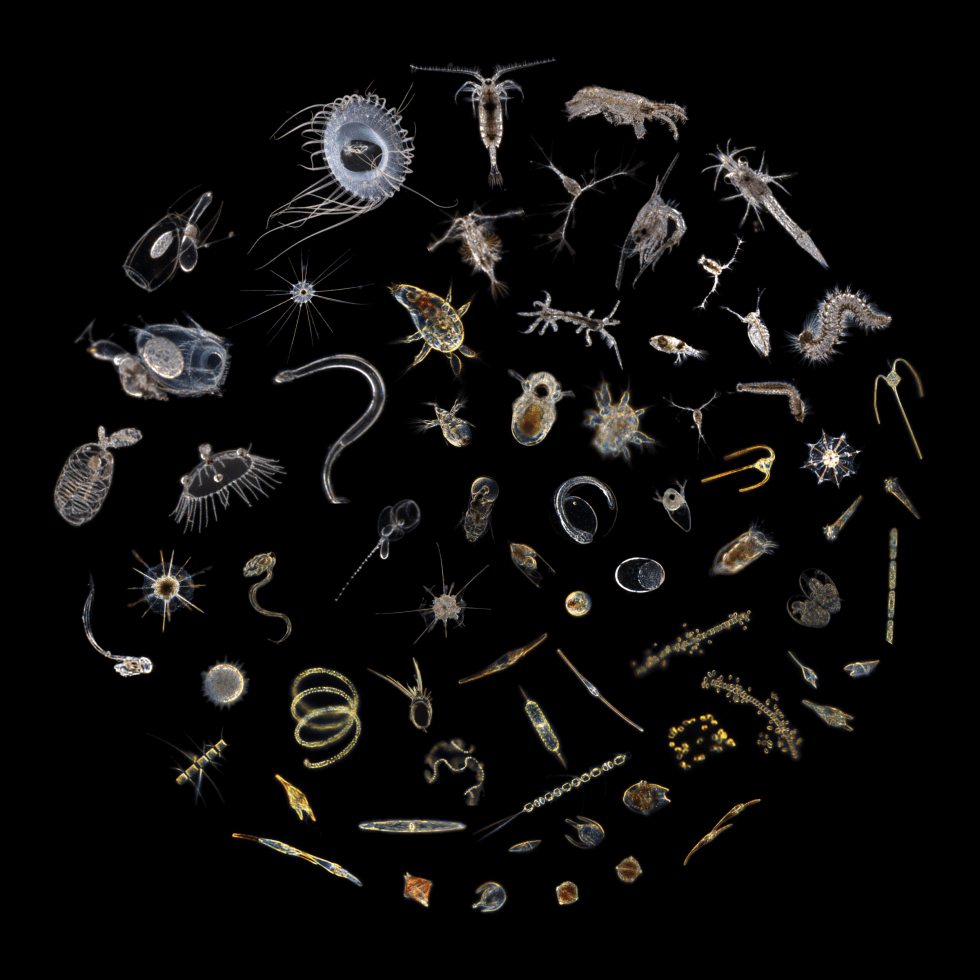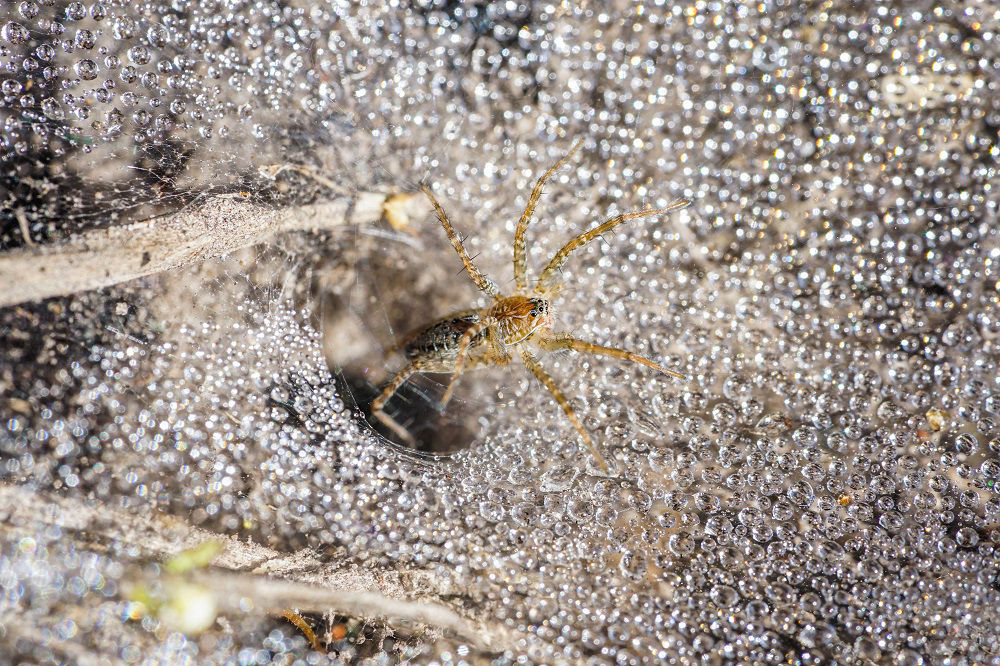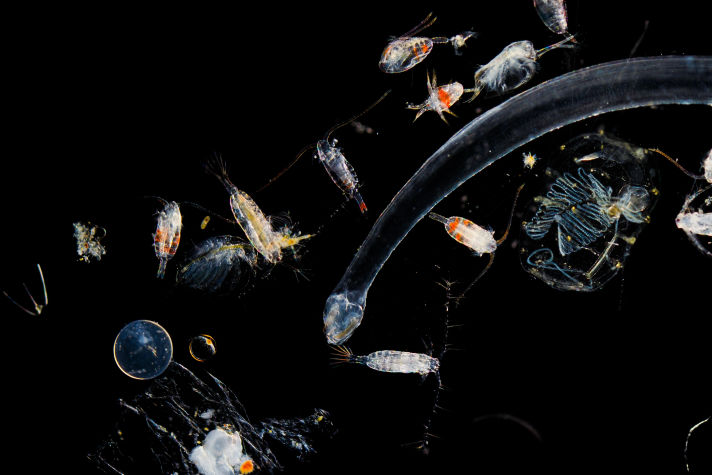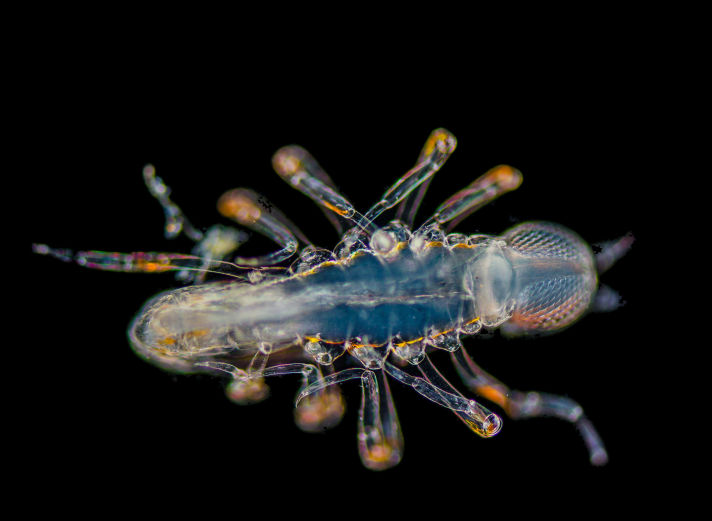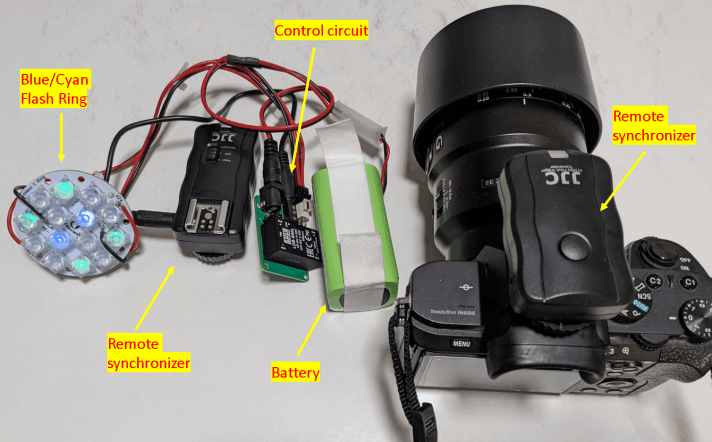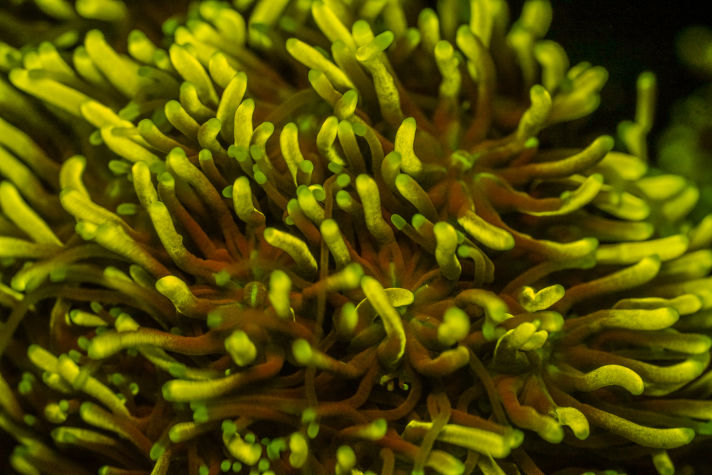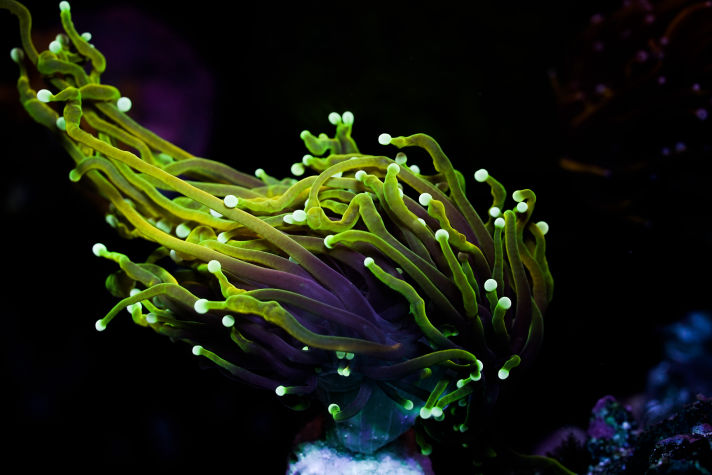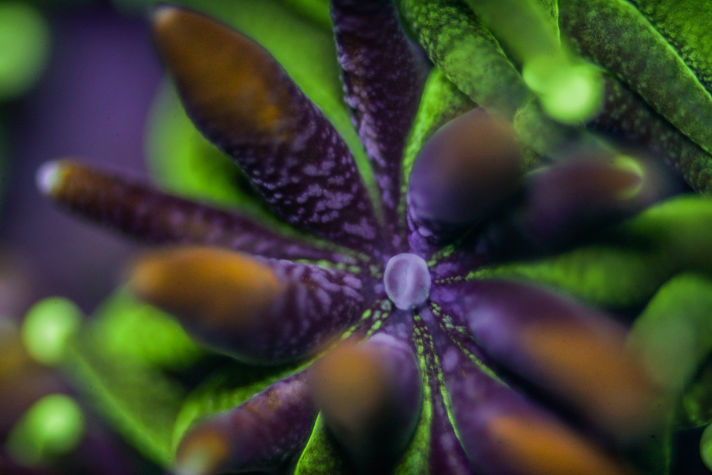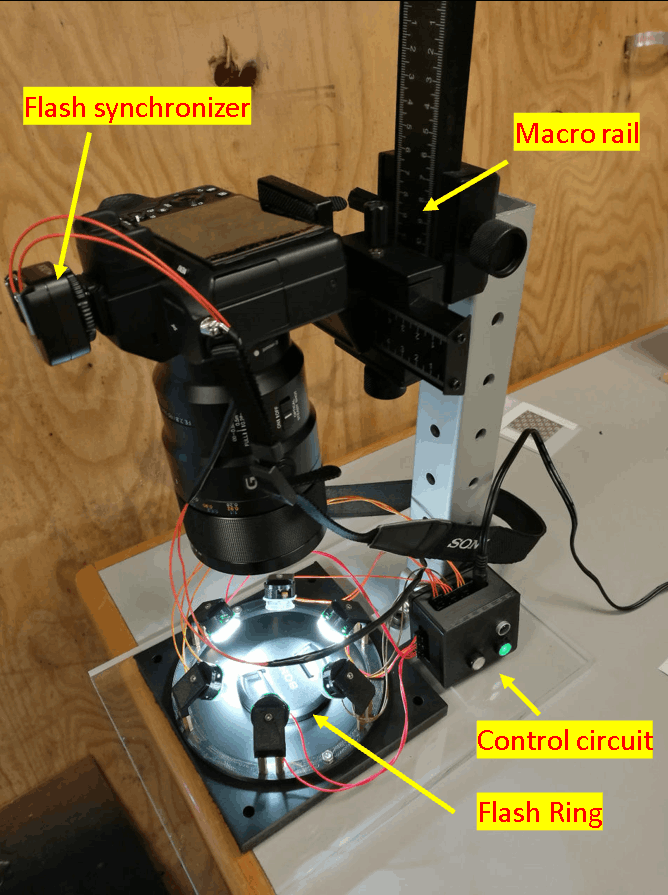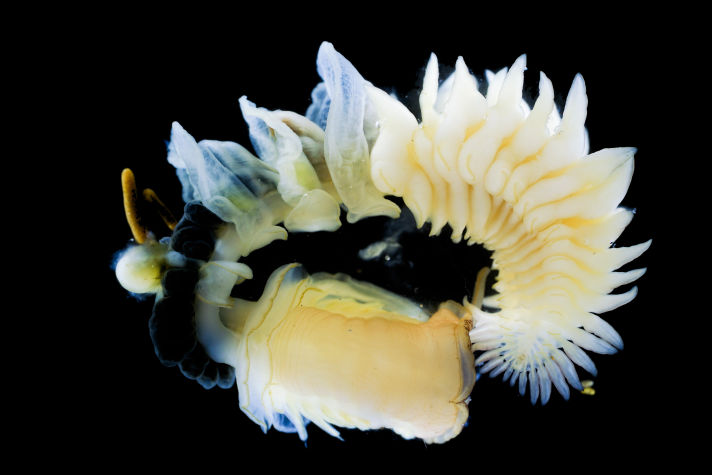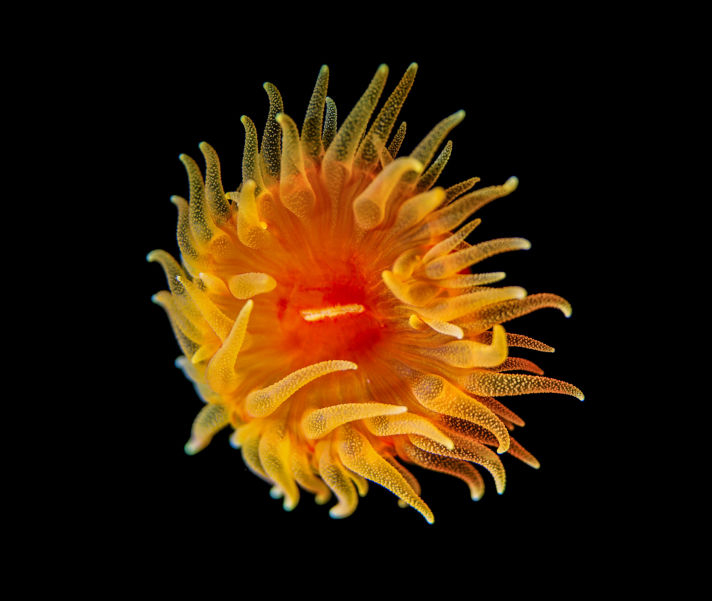Hatching
British Ecological Society Capturing Ecology 2020
Overall runner-up
The paralarvae of California two-spot octopus, Octopus bimaculatus, hatching from their egg sacs. The egg yolks attached to their mouths will sustain them for a short period before they have to start hunting to survive.
Technique: Side scattered flash photography
Featured in
- National Geographic Kids UK Jan 7, 2021
- Amateur Photographer magazine March 9, 2021 (p. 50-51)
